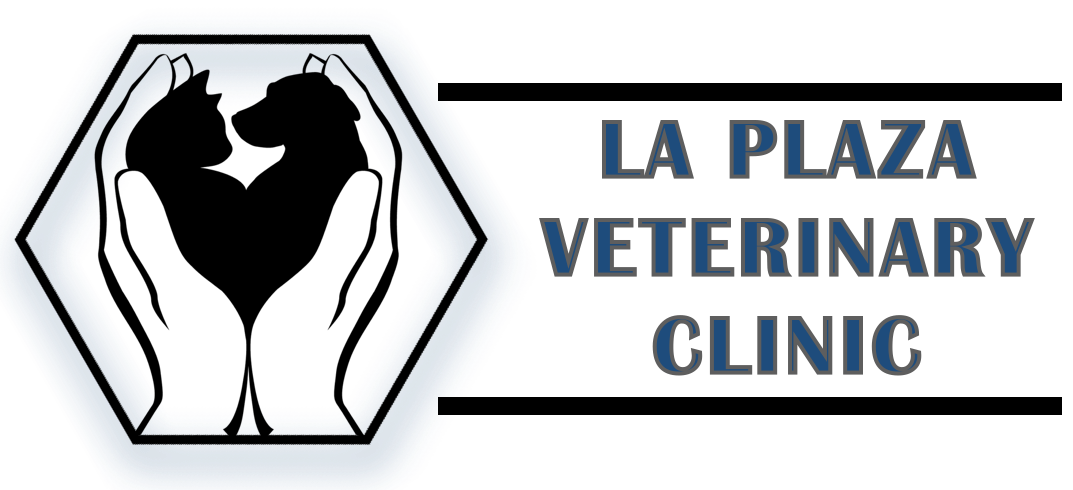Library
-
Nutrition plays an essential role in treating and preventing urinary stones (uroliths). Since the diet can affect urine dilution, composition and pH, pet foods can be critical to the success or failure of treatment and prevention. Important factors are covered, such as the importance of water intake, diet composition, relative supersaturation (RSS) testing, and urinary diets.
-
Theophylline is used off label to treat cough caused by bronchoconstriction. It is given by mouth in the form of a tablet or liquid, or in hospital as an injection. The most common side effects include stomach upset and excitement. It should be used with caution in pets with abnormal heart rhythms, seizures, stomach ulcers, hyperthyroidism, kidney, liver, or heart disease, severely high blood pressure, severely low blood oxygen levels, or in young, old, or pregnant or lactating pets. If a negative reaction occurs, please call your veterinary office.
-
Therapeutic laser is the application of light energy to areas of the body to stimulate healing. This light–tissue interaction is called photobiomodulation. In the past, therapeutic laser was often referred to as low-level or cold laser (as opposed to a surgical or hot laser).
-
As veterinarians become more conscious of the details and nuances of how cats experience pain, they search for more methods with which to battle both acute and chronic pain in these patients. Therapeutic massage is one example of a physical medicine technique that has found a place in the feline pain management toolbox.
-
As veterinarians become more conscious of the details and nuances of how dogs experience pain, they search for more methods with which to battle both acute and chronic pain in these patients. It is quite common now to look to human medicine for ideas and techniques that can be applied to dogs who are dealing with pain issues to help them feel better and to help relive their pain and discomfort. Therapeutic massage is one example of a physical medicine technique that has found a place in the canine pain management toolbox.
-
Therapeutic ultrasound a treatment method that applies thermal, mechanical, and chemical effects to tissues to improve healing. It can be used to increase the stretch in fibrous tissues (such as tendons), which can help increase range of motion around a joint. Therapeutic ultrasound can also be used to soften and break down scar tissue that is interfering with movement. By deep heating the tissues, therapeutic ultrasound increases blood flow to the inflamed areas, which can help reduce inflammation and swelling. Therapeutic ultrasound can also decrease pain and muscle spasms, as well as speed up wound healing.
-
Therapy pets can help people with many facets of their health including physical, emotional, and psychological well-being. These pets live with their owners and make visits to hospitals and other facilities to spend time with these human patients. Therapy pets are not the same as service animals.
-
Thrombocytopenia is a condition of low blood platelets, resulting in abnormal hemorrhage and possible anemia. There are many causes, including severe or prolonged blood loss, increased internal destruction of platelets, or impaired bone marrow production. Several diseases and medications are also associated with thrombocytopenia. Treatment may require the replacement of platelets along with treatment of the specific underlying cause.
-
Thrombocytopenia is a condition of low blood platelets, resulting in abnormal hemorrhage and possible anemia. There are many causes, including severe or prolonged blood loss, increased internal destruction of platelets, or impaired bone marrow production. Several diseases and medications are also associated with thrombocytopenia. Treatment may require the replacement of platelets along with treatment of the specific underlying cause.
-
The most common disorder of the thyroid gland in cats is hyperthyroidism. Diagnosis of hyperthyroidism includes screening the hormone output of the thyroid as well as screening for other systemic diseases. This is achieved by running a complete blood count, biochemistry panel, urinalysis, and total T4 (tT4). Additional tests may be required. Cats undergoing treatment for hyperthyroidism will have regular blood monitoring to ensure the disease is under control.



